
My body aches in places I did not know could ache before tonight.
We've just returned from a bone-rattling overland sojourn across Devon Island in the Arctic — our longest yet at about 38 miles (56 kilometers) roundtrip, headed southwest out of simulated Mars outpost at the Haughton-Mars Project (HMP) base camp.
The goals were twofold: first, to recover an ATV that was left at about 15 miles (23 km) from our location in 2018, and second, to check on the condition of HMP's first Humvee, acquired in 2002 and left between base camp and the coast on the same 2018 traverse. The goal at the time had been to reconnoiter a path to the coast for a subsequent pressurized, crewed rover to follow from landing on Devon Island's coast and up to camp.
Related: A month on 'Mars': Get to know the Haughton-Mars Project
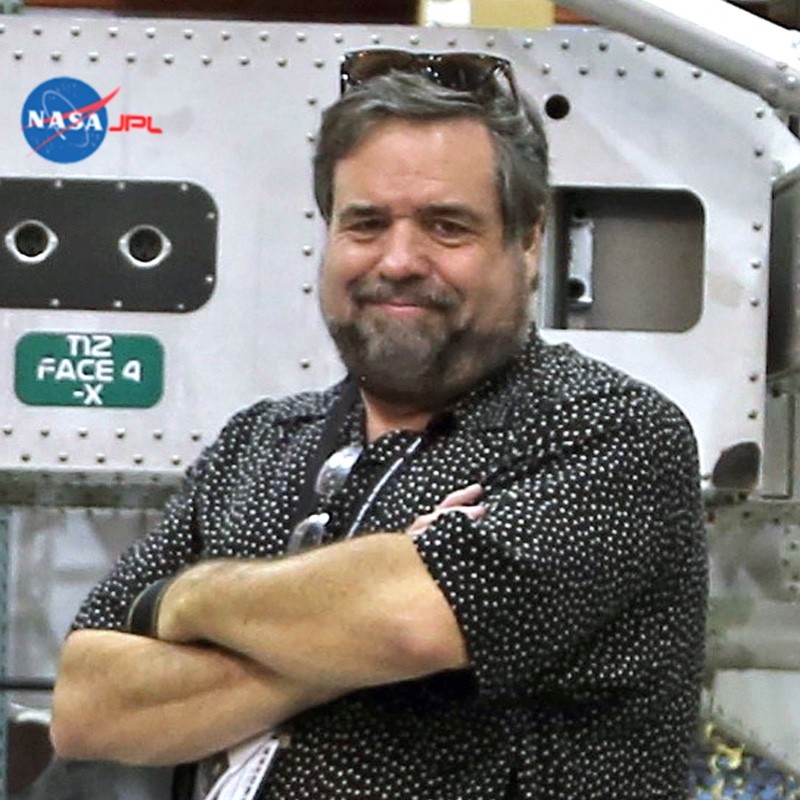
Rod Pyle is a space historian and author who has created and offered executive leadership and innovation training at NASA's Johnson Space Center. Rod has received endorsements and recognition from the outgoing Deputy Director of NASA, Johnson Space Center's Chief Knowledge Officer for his work.
As it turned out, during the 2018 traverse, they did not make it all the way to the coast, and as the summer season wrapped up, decided to park the Humvee where it is today and land a Twin Otter plane nearby for extraction of the team. So far as leaving the Humvee is concerned, they had gone as far as the terrain would allow as the weather began to turn, with the Humvee bogging down in mud and soft soil more and more frequently.
In any case, the plan was to have the Humvee overwintering in the field, since conditions would be the same as the HMP basecamp. The ATV left a few miles closer to camp was essentially the same story; two ATVs were extracted with the crew, and with the third adding too much weight, it was left to overwinter on a valley floor.
The expectation in 2018 was that they would recover it within the next couple of years, but 2019 was a short season without time to retrieve the ATV, and 2020 ... well, COVID. In the end, both vehicles would sit out in the elements for four years.
Get the Space.com Newsletter
Breaking space news, the latest updates on rocket launches, skywatching events and more!
We left camp about 11 am, as soon as the MIT crew returned from their excursion a few miles away to check on the EDGES experiment. Due to the need to change out batteries for the heating system in this frigid environment, they ride out to the floor of Von Braun Planitia (a plain to the north) to swap batteries and check their data acquisition two-to-three times daily.
Related: A month on 'Mars': Trekking across the Arctic
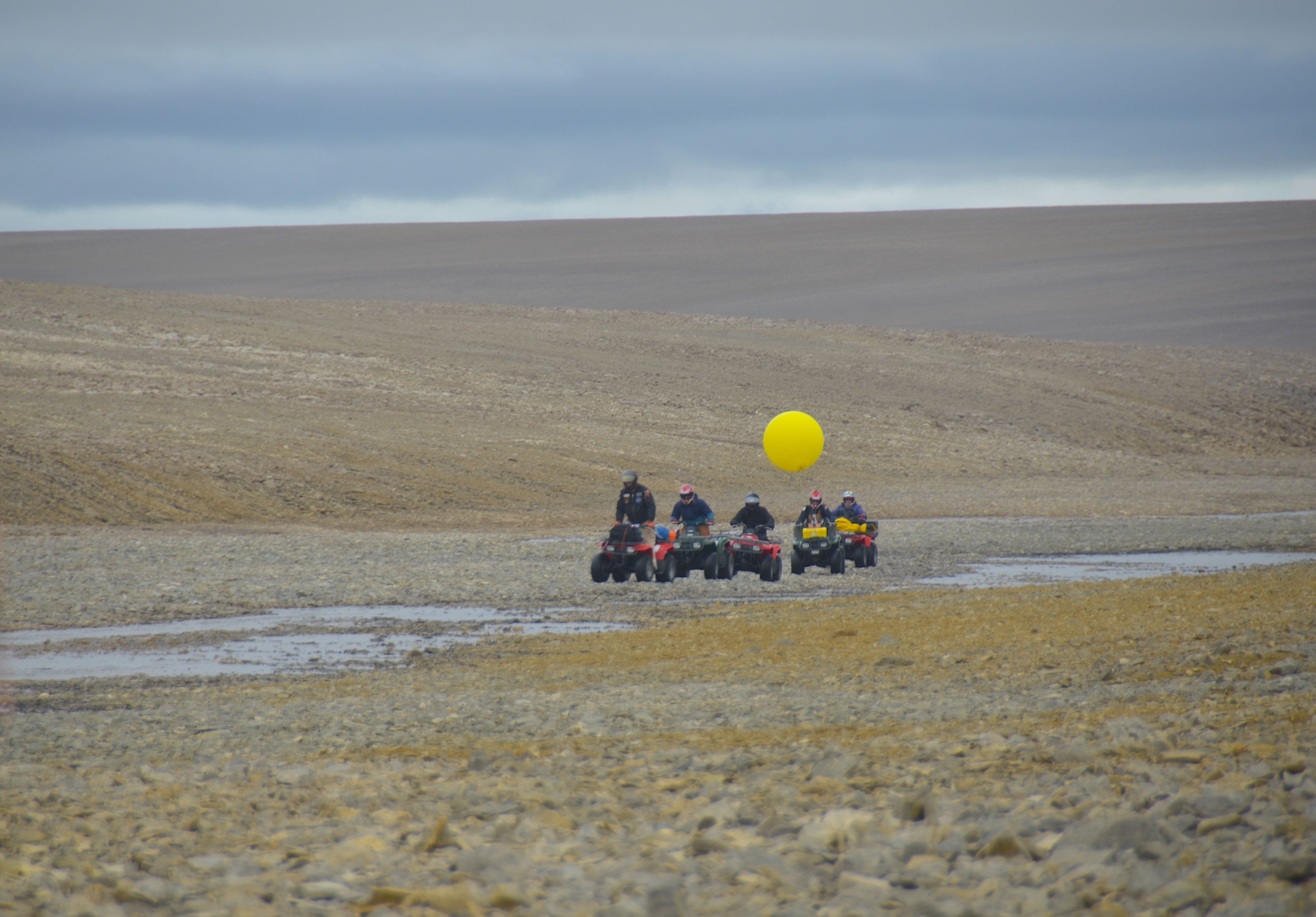
My ATV was ready to go with my usual load of photographic equipment (multiple Nikon bodies, lenses, a tripod, extra batteries, iPhone shooting accessories, video cameras and power packs), three cans of gasoline—one of which would poke into my back for most of the ride — and a shotgun.
The final item on this list is not included out of any lust for hunting; it's a necessary precaution in case of the rare but not unlikely event of polar bear attacks. Nobody in our crew would wish to hurt one of these magnificent animals, but should one charge us — and they have been hungry and sometimes near starvation for many years due to climate change —action would need to be taken. A few of us have firearms experience and are therefore charged with security duties.
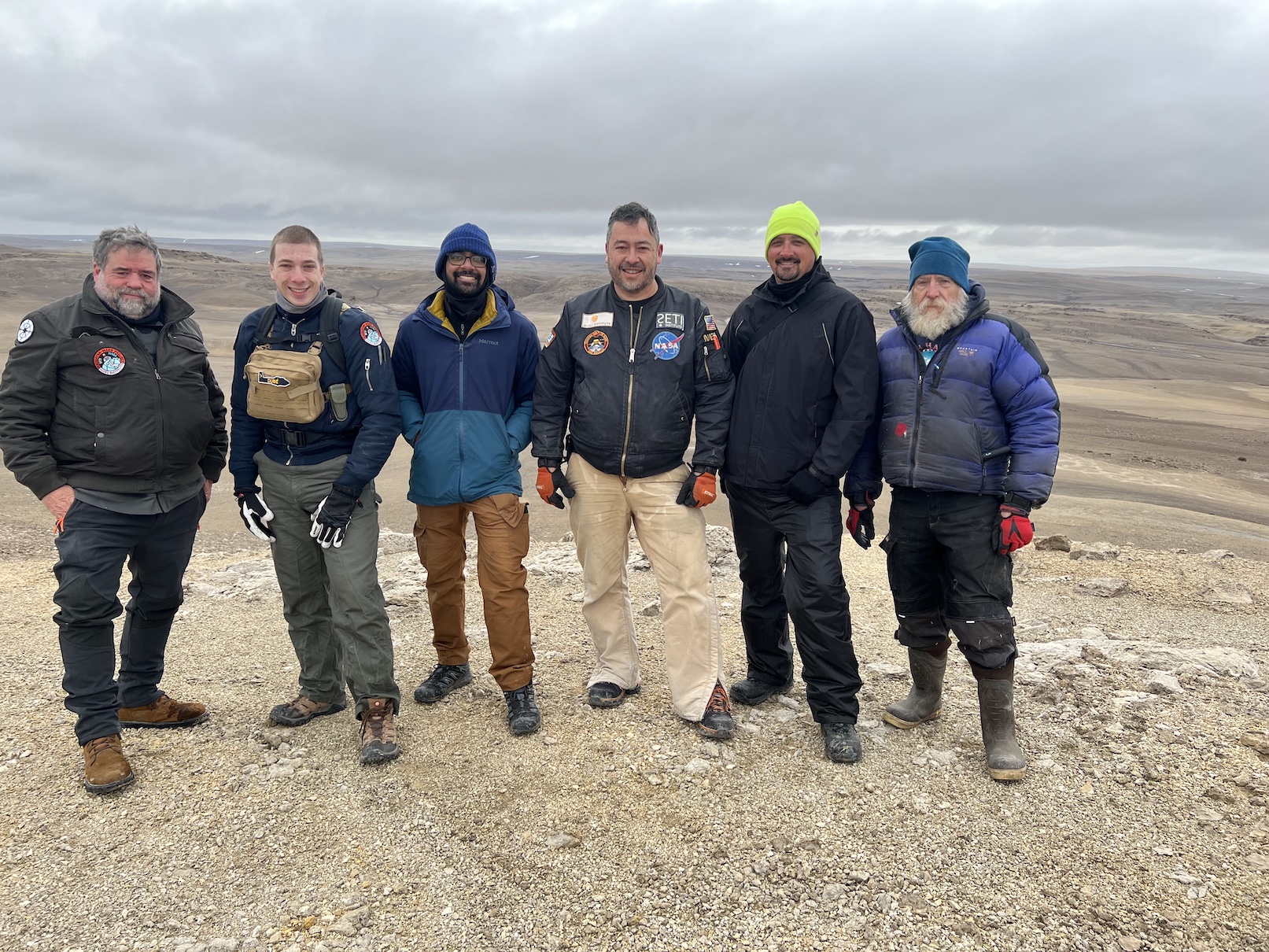
Initially, our route took us through the low-lying valleys to the southwest of the base. It was cold and cloudy, but dry. The valley walls are just a few hundred feet high here, and the mostly smooth and rolling landscape punctuated by the occasional butte or scarp. It was a very scenic way to begin the traverse, and for someone who has pored over both orbital and ground-level images of Mars for years, it was quite easy to believe you were on that planet.
— A month on 'Mars': Preparing to visit the Red Planet ... on Earth
— A month on 'Mars': Traveling to the Red Planet
— A month on 'Mars': First journeys in our Arctic home
— A month on 'Mars': Get to know the Haughton-Mars Project
— A month on 'Mars': Trekking across the Arctic
— A month on 'Mars': Journey to the 'Planet of the Apes Valley'
— A month on 'Mars': Flags and footprints of the moon and Arctic
— A month on 'Mars': The Arctic comes alive
— A month on 'Mars': Fogbound on Devon Island
— A month on 'Mars': Trekking through Ingenuity Valley
— A month on 'Mars': Living on the EDGES
We soon crested a higher hill and a stunning valley opened up before us — it would turn out to be just the first of many such views. As we continued, the ground changed from the ubiquitous red rock and silt we've become accustomed to and was now carpeted with what I took to be either dull yellow lichens or dead overgrowth. Upon closer examination it turned out to be neither — the hills and vast valley floor were covered almost entirely by tiny chips and tablets of sharp, yellow rock, mostly an iron oxide-stained limestone.
It's continually surprising to me how sharp the rocks are all over this part of Devon Island. It's as if they were shattered and dropped all around us just last month or last year. And in a sense, they have been — while there is not an excess of erosive weathering from rain and wind, the freeze-thaw cycles over the winter and spring months wreak havoc on the terrain here. Water seeps into tiny cracks in the rocks, fracturing everything from pebbles to boulders by the incredible expansion pressures exerted by freezing, making those cracks ever larger until the rock splits or explodes into sharp-edged fragments.
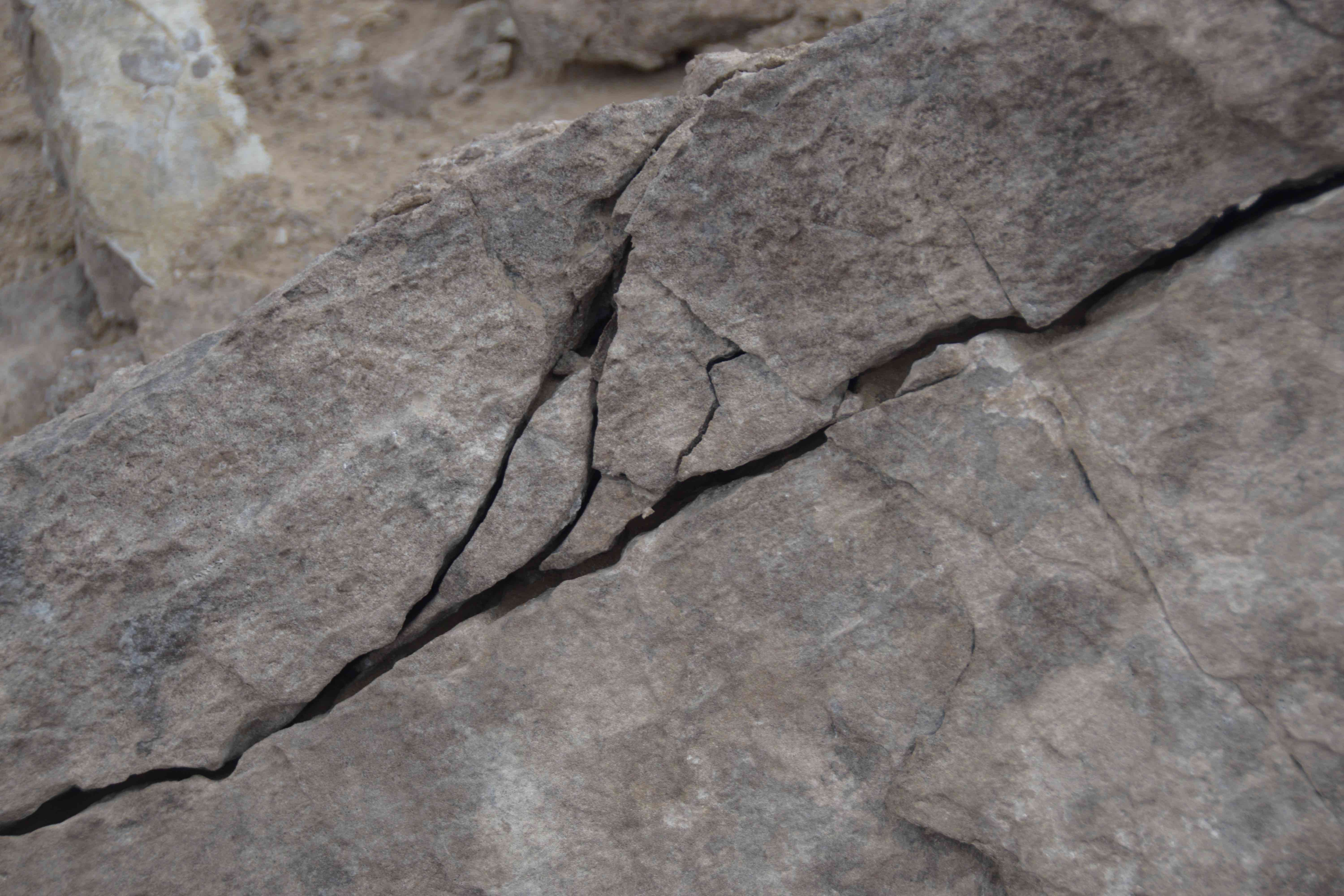
After about three hours of driving time, over angular rock fields, smooth and muddy stream beds, and mild inclines, we reached the area dubbed Freedom Airfield, in the center of Viking Valley (named after the 1976 space probes). Sitting proud and apparently derelict in the center of a broad, flat wash, was a green Kawasaki ATV and a small trailer, untouched by human hands since 2018. This is where the HMP's crew and two ATVs were flown out via Twin Otter that year, and all that was left behind were the last ATV, the trailer, and the Humvee down the road.
What occurred next was just short of miraculous.
Follow us on Twitter @Spacedotcom or on Facebook.
Join our Space Forums to keep talking space on the latest missions, night sky and more! And if you have a news tip, correction or comment, let us know at: community@space.com.
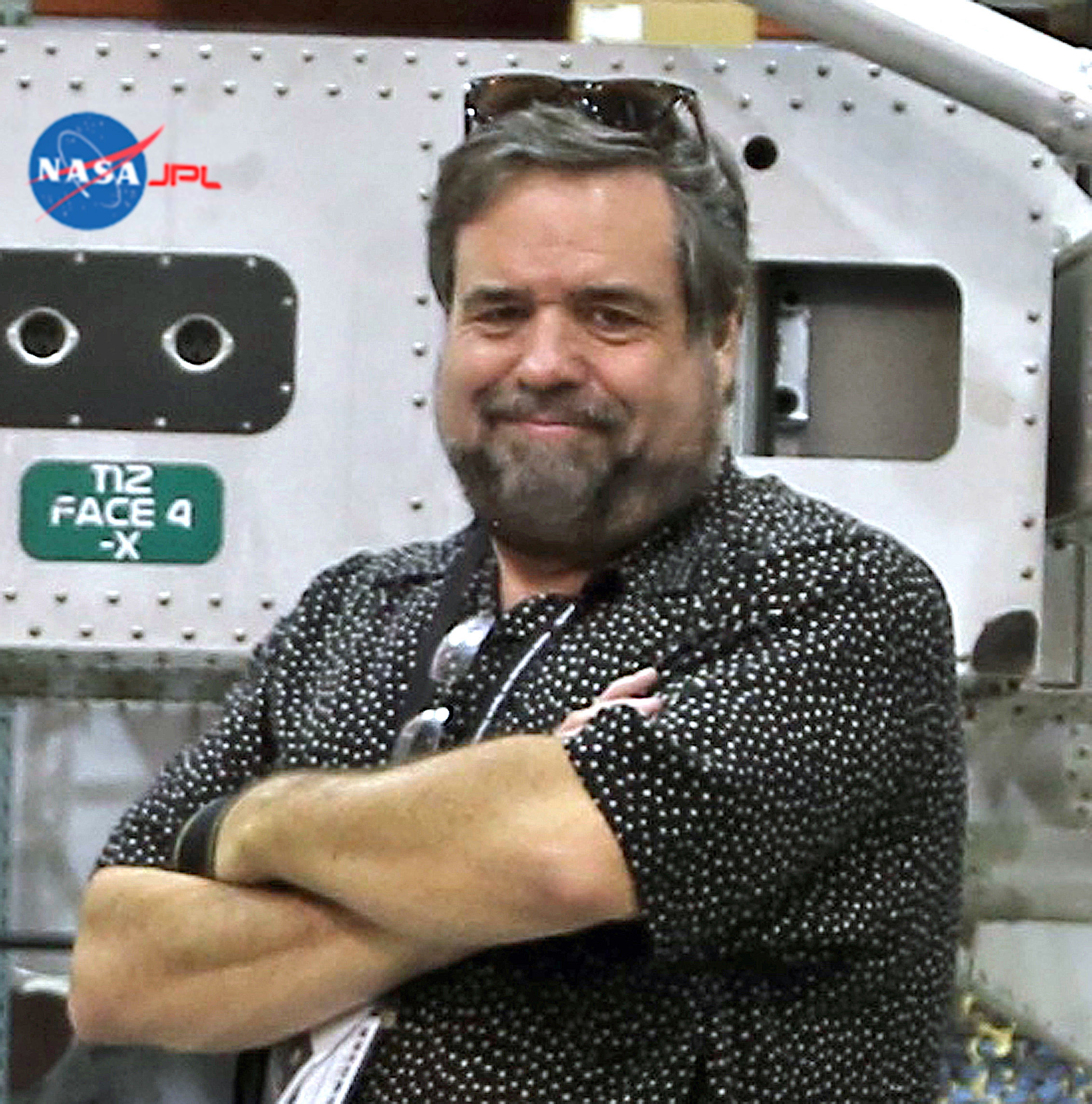
Rod Pyle is an author, journalist, television producer and editor in chief of Ad Astra magazine for the National Space Society. He has written 18 books on space history, exploration and development, including "Space 2.0," "First on the Moon" and "Innovation the NASA Way." He has written for NASA’s Jet Propulsion Laboratory, Caltech, WIRED, Popular Science, Space.com, Live Science, the World Economic Forum and the Library of Congress. Rod co-authored the "Apollo Leadership Experience" for NASA's Johnson Space Center and has produced, directed and written for The History Channel, Discovery Networks and Disney.










